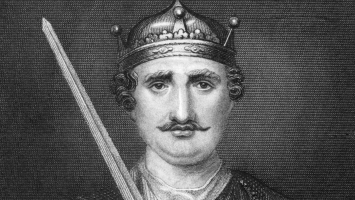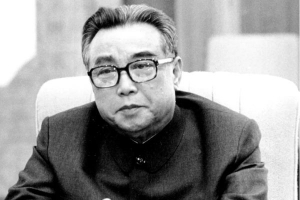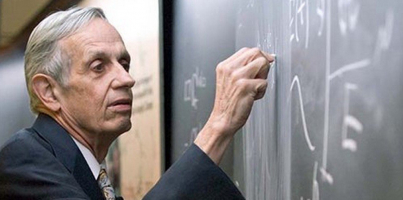Top 10 Interesting Facts about Confucius
The most well-known philosopher in Chinese history and a beloved person in modern China is Confucius. He was a philosopher whose ideas continue to have an ... read more...impact today as the cornerstone of Confucianism, one of the oldest and most significant faiths in China and the world. Today let's follow Toplist to discover some interesting facts about Confucius.
-
Qufu city, which has a history dating back thousands of years, is still regarded as the fabled birthplace of numerous Chinese sages, including Confucius and Mencius. The local lords of Lu, who ruled from the adjacent city of Qufu, effectively declared the region independent despite being nominally under the power of the Zhou rulers. Kong He (or Shuliang He), his father, was the senior commandant of the local Lu garrison. His lineage may be traced back to the Shang dynasty, which came before the Zhou, through the Song dukes. According to traditional Confucius biographies, Kong He's grandpa moved the family from Song to Lu.
The villagers in Qufu constructed cemeteries and temples to honor these great sages, which were later made public as tourist destinations. The Three Kongs is the Confucius Temple (Kong Miao), the Confucius Cemetery (Kong Lin), and the Kong Family Mansion (Kong Fu) are the most well-known sights.
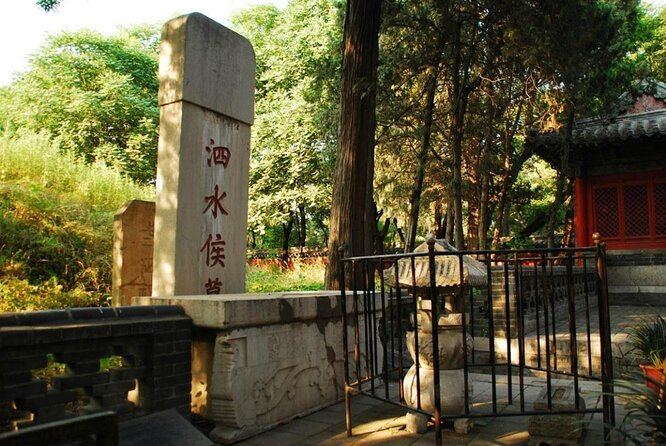
Photo: Confucius Cemetery - viator 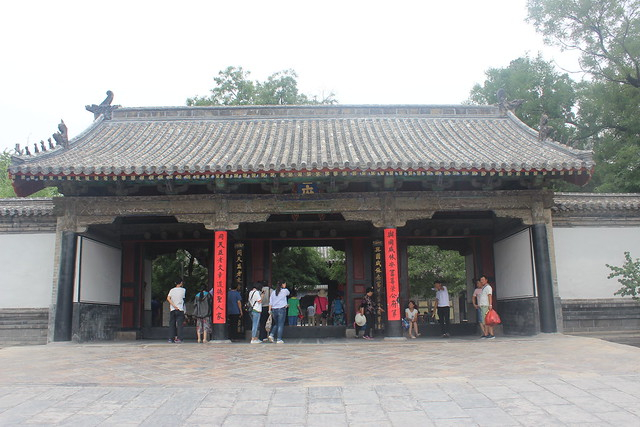
Photo: the Kong Family Mansion - wanderingbrowns -
Kong He, the father of Confucius, married a 17-year-old girl from the neighborhood Yan family when he was 60 years old in the hopes of having a healthy male heir after his first wife had given birth to 9 girls. Kong looked to one of his neighbors' adolescent daughters as potential brides. None of the daughters wanted to marry an "old man," so they left it up to their father to make the marriage arrangements. Yan Zhengzai was the chosen young lady.
The couple withdrew to a nearby sacred mountain after the wedding in the hopes that being in such a venerated and spiritual location would aid in conception. In 551 BC, Confucius was born.
According to a well-known tradition, Confucius' mother was visited by a qilin, a weird mythical being with the head of a dragon, the scales of a snake, and the body of a deer, when she was pregnant. According to legend, the qilin unveiled a jade tablet that predicted the unborn child would become a renowned sage in the future.

Photo: theschooloflife 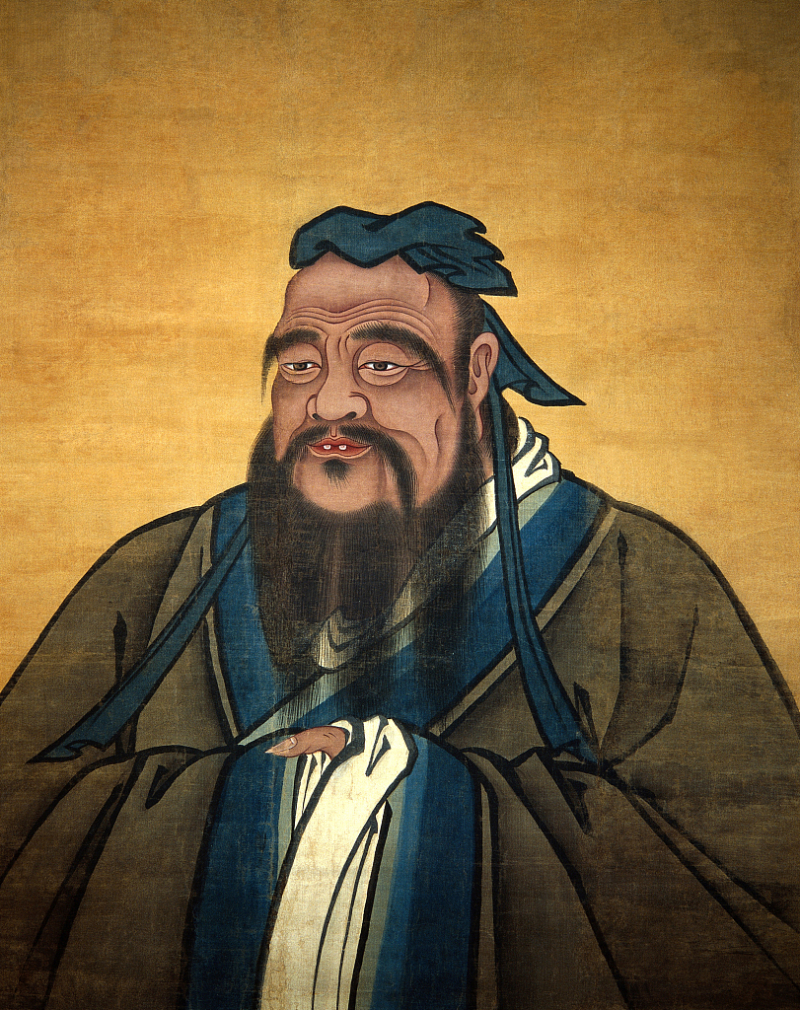
Photo: news.cgtn -
One of the interesting facts about Confucius is, when he was only 24 years old, he began his teaching career in 527 BCE. His primary goal in his profession as a teacher was to bring about change in the corrupt and lawless government of the day.
He believed that a teacher's primary duty was to mold students into morally upright persons. He also advocated for emphasizing ceremonial decorum and virtue as a means of persuading people to abide by the law. Regardless of the amount of money each person paid as a fee, Confucius provided instructions to all of the participants. He merely asked that his pupils demonstrate the ability and desire to progress.
Confucius believed that he was a carrier of values from earlier times that, in his opinion, had been forgotten in his own. Confucianism, the name of his school of philosophy, placed a strong emphasis on morality, both personal and governmental, as well as the propriety of interpersonal interactions.
Although many of the Chinese classic works, including all of the Five Classics, are conventionally attributed to Confucius as the author or editor, contemporary scholars are hesitant to give Confucius himself credit for specific claims.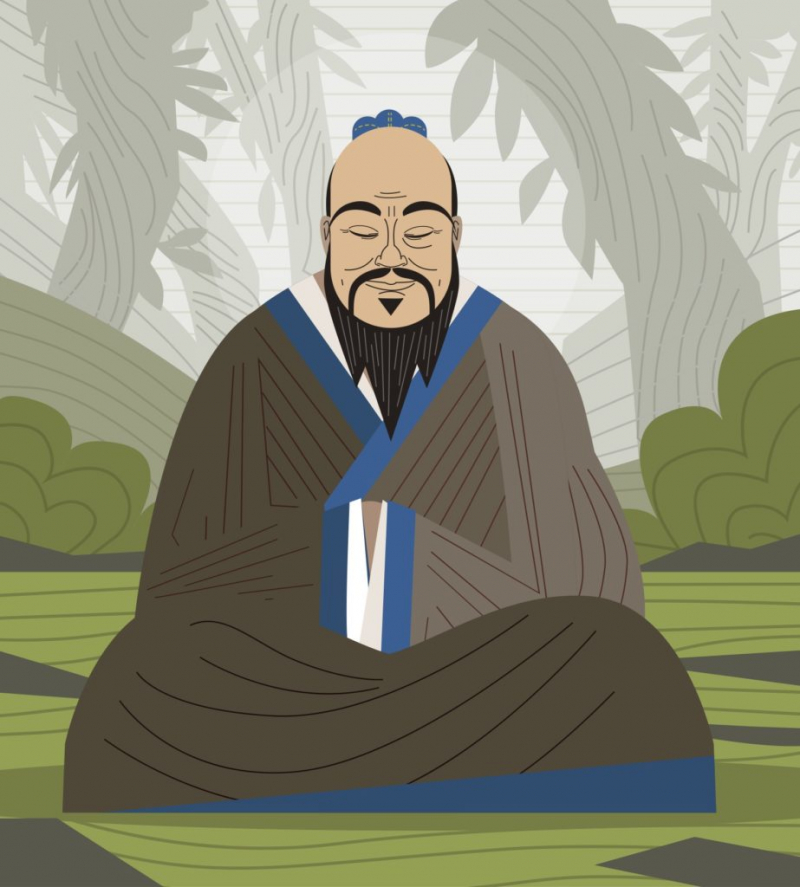
Photo: complianceline 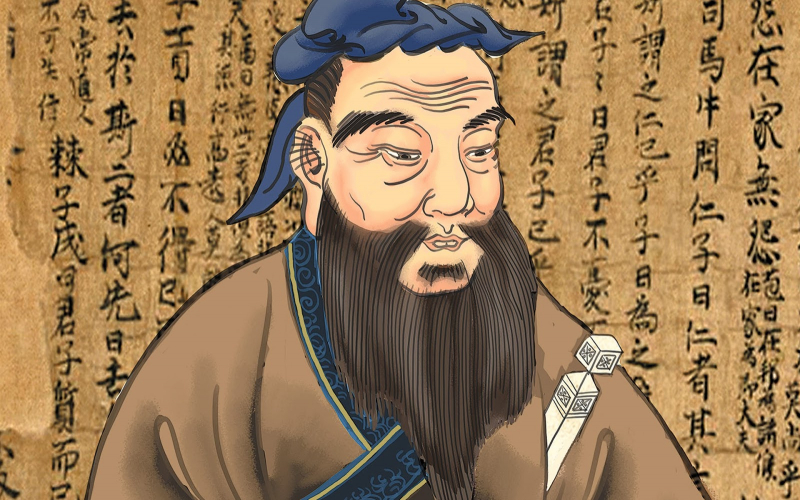
Photo: donaldclarkplanb -
Confucius founded a school as a young man, which is where his reputation as a philosopher ultimately began. The institution, which drew in about 3,000 pupils, promoted education as a way of life rather than academic preparation. His teachings eventually served as the foundation for the Analects, one of China's most revered books.
The Analects contain a text known as "Three Obedience," which discusses how pupils should submit to their parents, superiors, and society at large. Do the best you can and leave the rest to heaven, advises Confucius in the Analects. Classical Confucianism holds that humans are only capable of giving their greatest effort in every undertaking. They can only try their best; they are powerless to change the world or choose their fate. They should therefore value what little they have while accepting with a positive outlook what they cannot alter because they live in an imperfect world with few resources and chances.
The Analects has been one of the most read texts in China for millennia, and is sometimes referred to as the "Chinese Bible" by some. It was initially written by Confucius' followers on flimsy bamboo sticks, and is a compilation of his most significant ideas and quotations.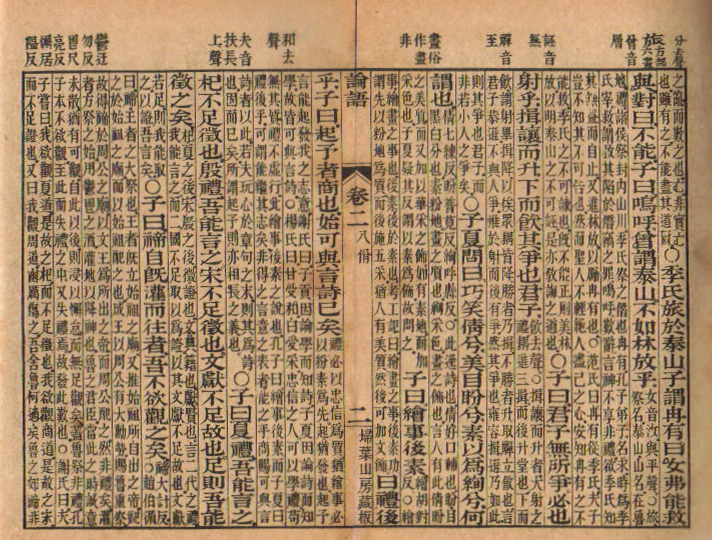
Photo: Analects - wikipedia 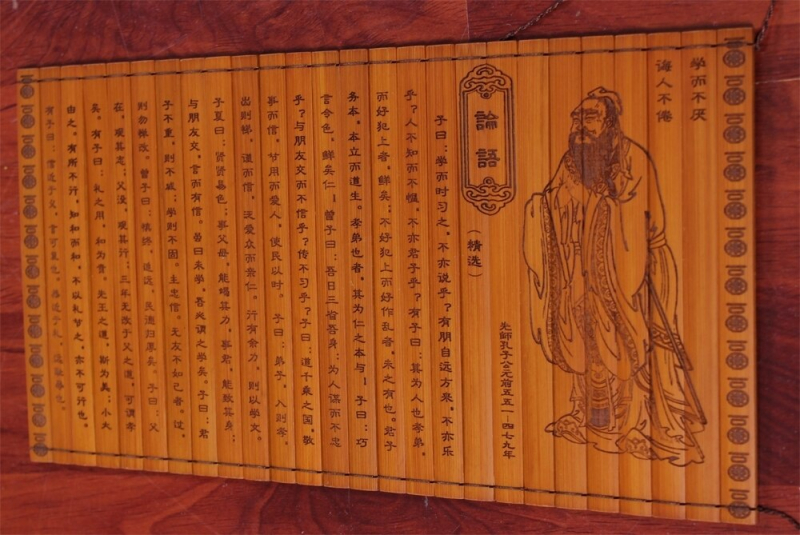
Photo: es.aliexpress -
Two notable traits frequently connected to Confucius are "humaneness" and "moderation." Confucius considered humaneness to be the one universal virtue that every person should possess. Honesty, decency, compassion, and other virtues are included. The degree to which a man embraces this virtue determines how far he progresses in life.
Confucius thought that being too sincere or polite would make one a laughingstock. These two traits, however, are not exclusive of one another and are frequently combined. For instance, it is advisable to be more courteous than honest if you are being lied to since you risk offending the liar. Being so courteous is not required if you are honest, unless you choose to.
Moderation is Confucius' second virtue. A fundamental aspect of his philosophy is moderation in everything. It implies that doing anything should be just right, not too much or too little. This virtue also entails controlling one's emotions and refraining from doing anything in excess. So, one should coexist with "Li." Li denotes moderation, harmony, and a feeling of balance in all aspects of life. Balance between competing values and exercising self-control were the sources of moderation. Confucius' renowned adage, "Do unto others as you would have them do unto you," serves as an example of this.
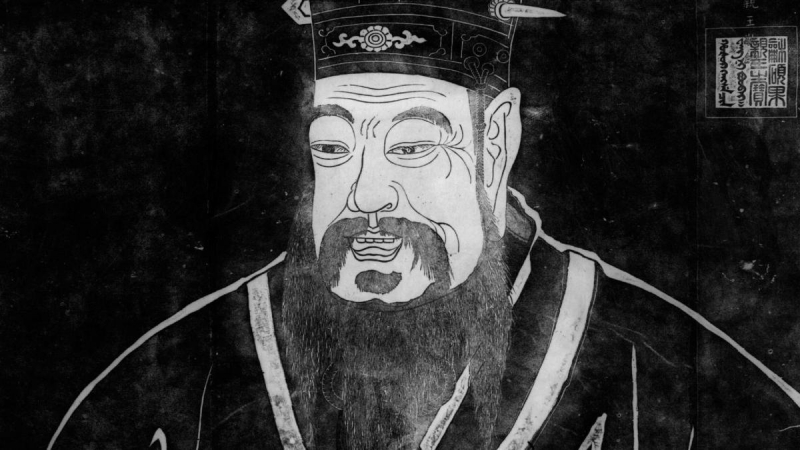
Photo: biography 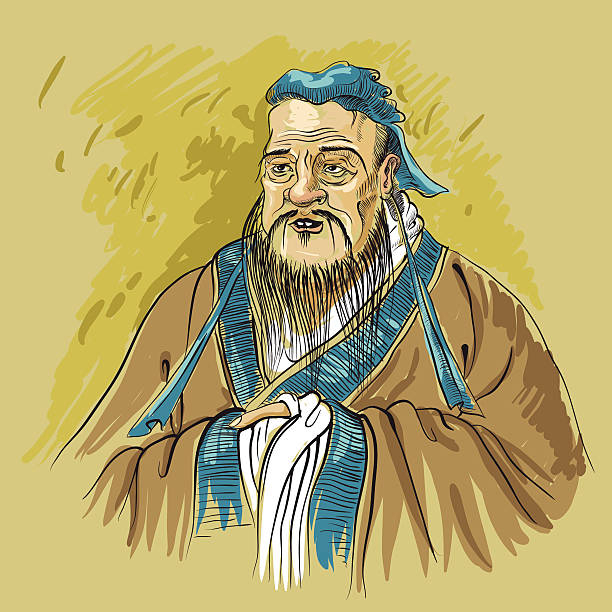
Photo: istock -
One of the interesting facts about Confucius is his twelve traveling companions came from all parts of society, including merchants, struggling cattle ranchers, and even warrior types. Despite the fact that none of them were born into noble families, they all possessed a noble character. The devoted followers stood for the political meritocracy and governing by virtue ideology that Confucius felt should guide society.
Confucius' countless disciples and followers later codified his teachings into the Analects, which are a complex system of rules and practices. After Confucius' passing, his philosophical school was carried on by his followers and his lone grandson, Zisi. These initiatives helped transmit Confucian principles to students who later rose to positions of authority in a number of Chinese royal courts, providing the first comprehensive examination of Confucianism's ideology.
Two of Confucius' most well-known subsequent disciples highlighted vastly different elements of his teachings. Mencius and Xun Zi both produced significant teachings in the years after Confucius's passing that elaborated on his core principles in distinctive ways. In time, their writings, together with the Analects and other core texts, came to constitute the philosophical corpus of Confucianism.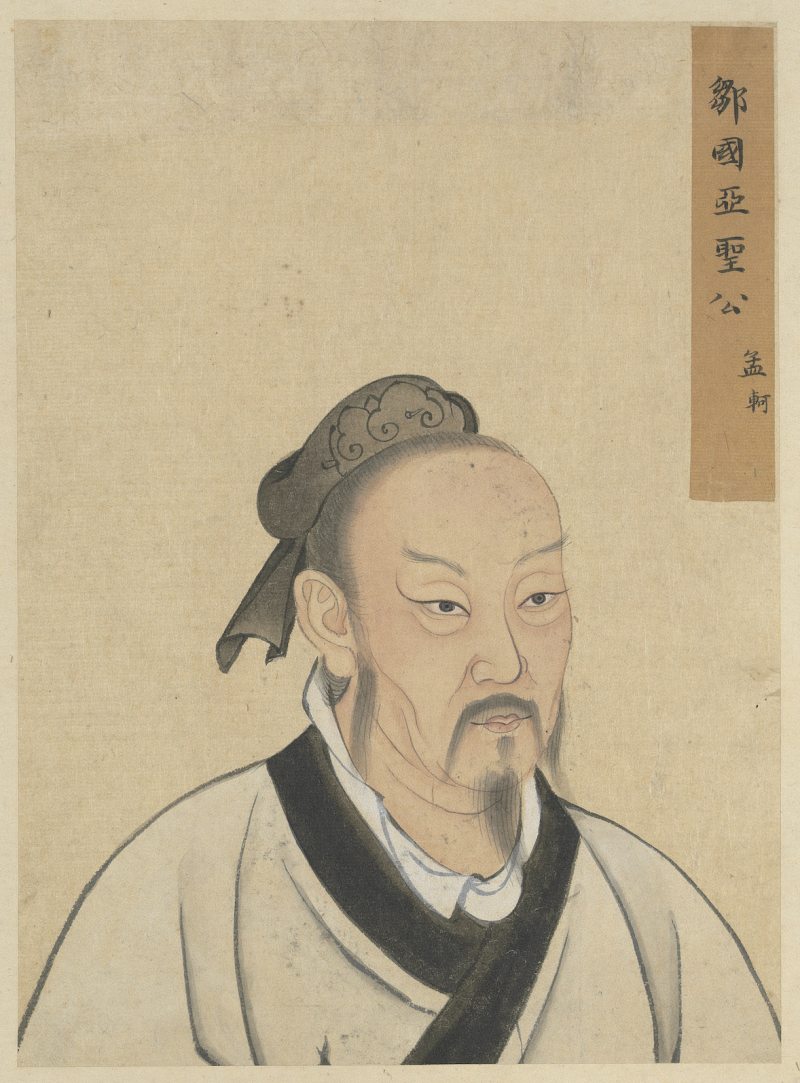
Photo: Mencius - wikipedia 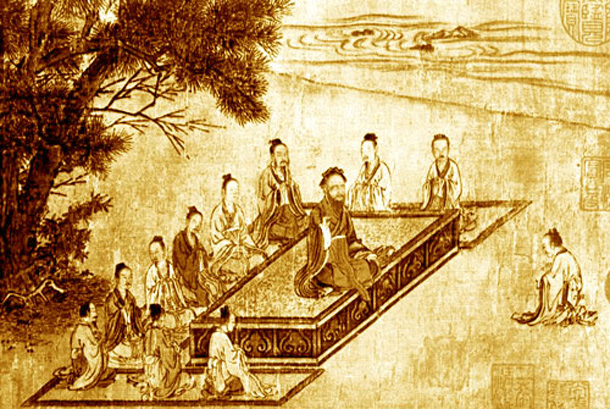
Photo: Confucious and his followers - theepochtimes -
One of the interesting facts about Confucius is he went with his dependable followers across China's war-torn nations in an effort to persuade other rulers to adopt his teachings after banishing himself from the state of Lu in 497, perhaps for failing to achieve his political goals. He alternated between eight of the smaller states in China's central plains for a period of fourteen years. He only stayed a few weeks in some and years in others. So, it can be said that he had an adventure in many different lands in China to fulfill his mission.
During that long period, Confucius and his followers frequently got lost and occasionally faced kidnapping while caught in the crossfire of warring states, frequently perilously near to dying. They ran out of food for seven days at one point while they were stuck. Confucius developed his theories during this trying time and developed the idea of the morally superior man, a man of righteousness known as "The Exemplary Person."
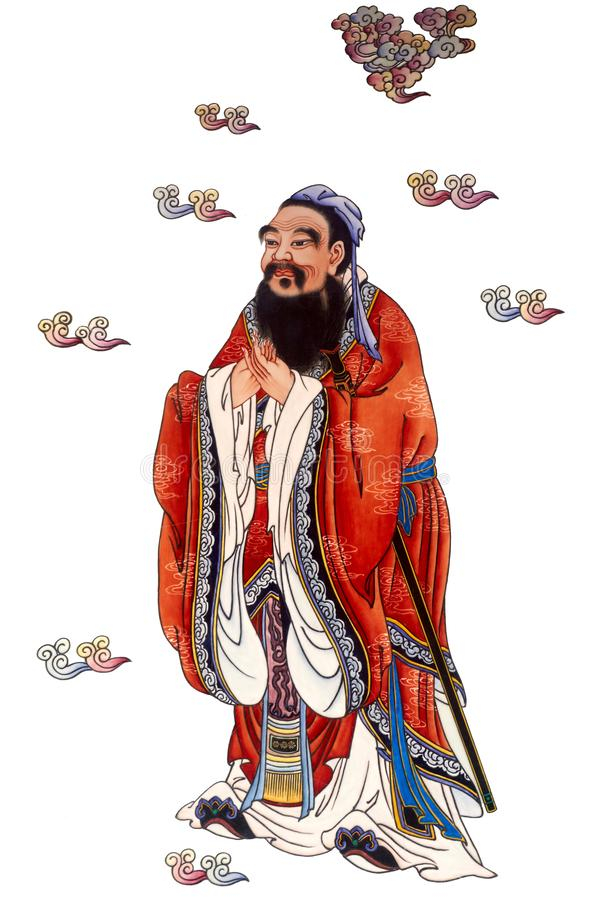
Photo: dreamstime 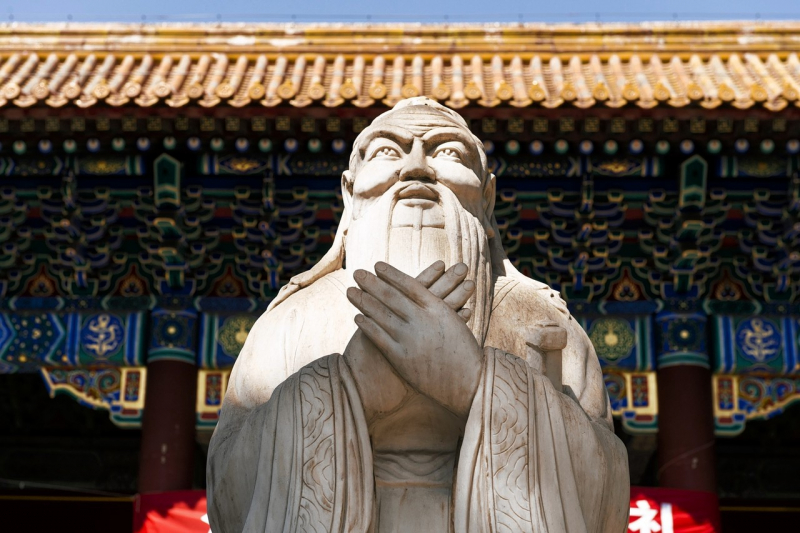
Photo: wsj -
The teachings of Confucius are consistent with Chinese customs and beliefs. Lunar New Year is an example. Chinese people travel to celebrate the Lunar New Year with friends and family every year, families reunite, look back to their roots, and look forward to a good new year together. This period is considered to be the largest migration on earth. This can be linked to "filial piety", one of Confucius' most important ideas.
With filial piety, he promoted strong ties in the family, respecting ancestors, respecting parents for their children, and respecting their wives, taking the family as the foundation for governance thought. Family is the cradle for the development of each individual. Being filial to the family is one of the criteria to judge whether a person is really good or not. He advocates the famous Golden Rule: "Do not do unto others what you do not want to be done to yourself"
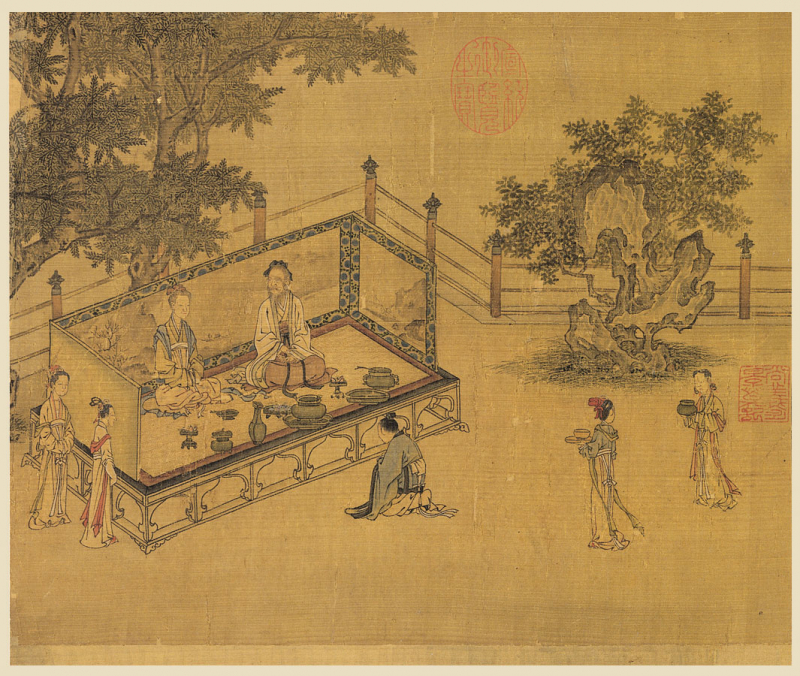
Photo: filial piety - wikipedia 
Photo: china-journal.org -
The descendants of Confucius resided in the Kong Family Mansion, popularly known as the Holly Mansion. In Chinese history, the honorific Yanshenggong (, lit. "Developing Sage Duke" or "Sage of Development") was bestowed to Confucius' descendants.
Exactly following the Chinese custom of "the hall in the front, the sitting room in the back," the Kong Family Mansion was built. The entrance hall was divided into three distinct areas with amusing names: Guanya, which was designated as the workspace; Dongxue, which served as the reception area; and Xixue, which served as the recreational area. The living rooms were made for everyday use.
The Kong Family Mansion is home to many priceless historical artifacts, including emperor calligraphy, royal poetry, books, and royal instruments. Here is preserved almost everything that previous dynasties' emperors gave to Confucius and his heirs as a sign of respect.
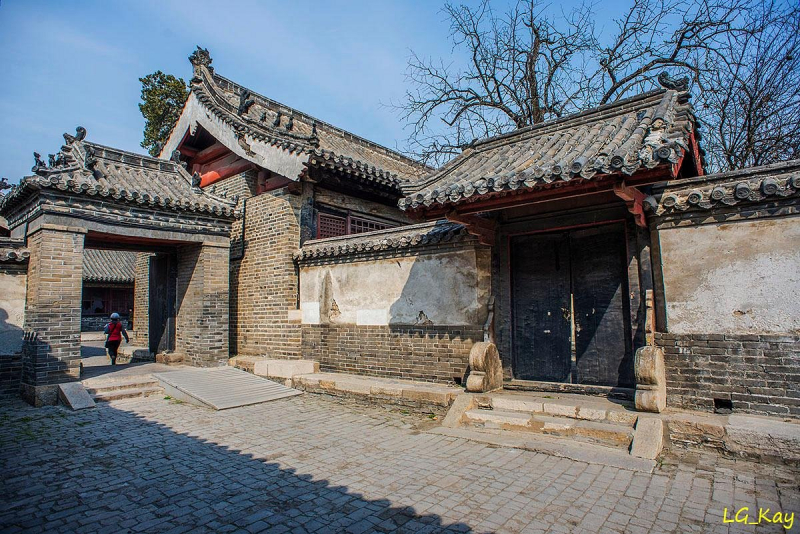
Photo: Kong Maison - tripadvisor 
Photo: viator -
Confucius' hometown of Qufu was quickly transformed into a site of adoration and commemoration following his passing. It had already developed a reputation as a destination for ministers, according to the Han dynasty Records of the Grand Historian. His burial and the nearby temples are still frequented by numerous tourists interested in culture. The Buddha, Laozi, and Confucius are all shown beside one another in numerous temples in Sinic cultures. Several temples that are dedicated to him have also been used for Confucian rituals.
No contemporary painting or sculpture of Confucius survives, and it was only during the Han Dynasty that he was portrayed visually. Carvings often depict his legendary meeting with Laozi. Since that time, there have been many portraits of Confucius as the ideal philosopher. The oldest known portrait of Confucius has been unearthed in the tomb of the Han dynasty ruler Marquis of Haihun (died 59 BCE). The picture was painted on the wooden frame of a polished bronze mirror.
In the past, it was common for Confucius' temples to display his portraits; but, under the rule of the Hongwu Emperor (Taizu) of the Ming dynasty, it was decided that the sole appropriate location for Confucius' portrait should be in the temple in Qufu, Shandong. Confucius is portrayed on a memorial tablet in various temples. Based on the Tang dynasty picture by Wu Daozi, the China Confucius Foundation commissioned a standard portrait of Confucius in 2006.
The Qufu International Confucius Culture Festival is held annually in Qufu City, the birthplace of Confucius, from September 26 to October 10. At the Confucius Temple and Confucius Cemetery, performances and a worshipping ceremony are part of the festivities. Ancient music and dancing are featured in the performances, which add to the celebration's unforgettable atmosphere.
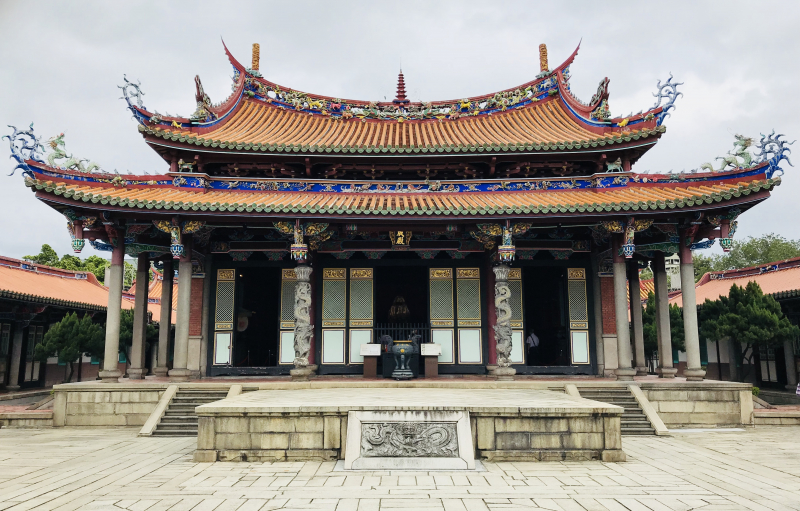
Photo: Confucius Temple - wikipedia 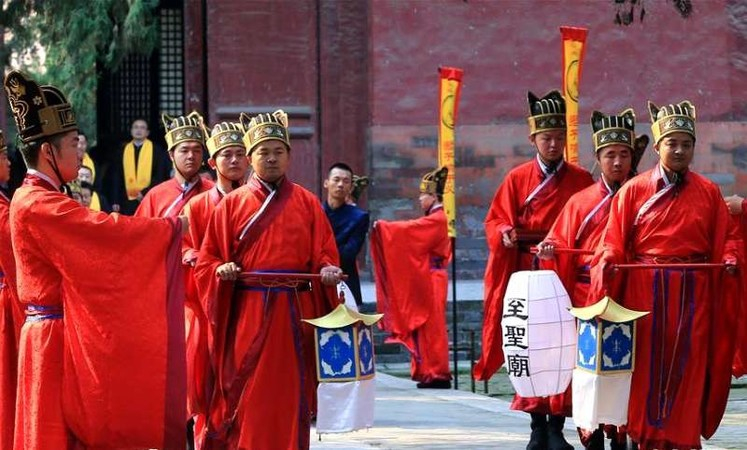
Photo: The Qufu International Confucius Culture Festival - prnewswire
















